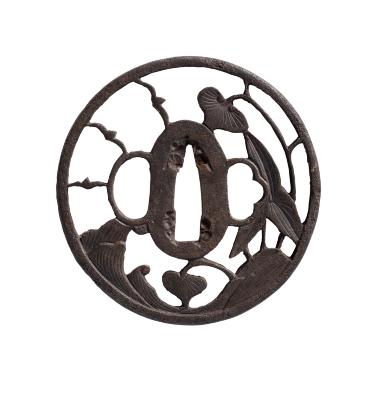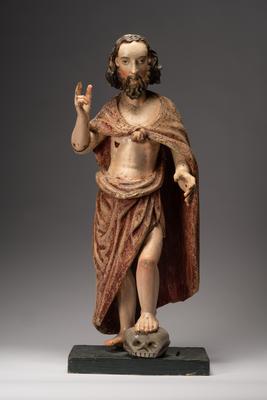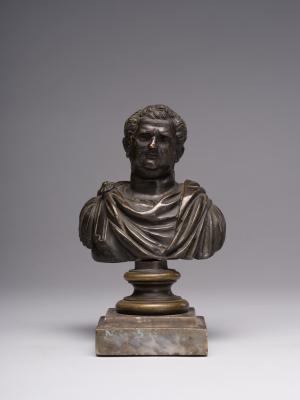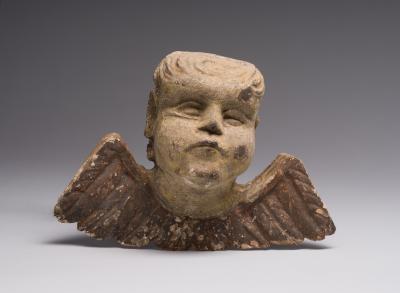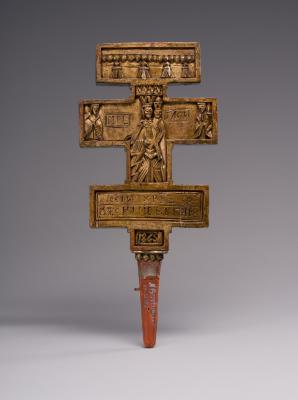The work is from the Neapolitan series. The engraving probably dates back to 1816. Its variant in black and white version was issued in the album entitled Raccolta di Cinquanta Costumi li più interresanti delle città, terre e paesi in provincia diverse del Regno di Napoli (Collection of Fifty Most Interesting Picturesque Costumes from Cities, Towns and Villages of Different Provinces of the Kingdom of Naples) published by Giovanni Scudellari in Rome in 1817. B. Pinelli also performed this composition in a square frame (presented in the album published in Leipzig in 1840). In the foreground, there are bright figures of Neapolitans. A young salesman is giving the girl some sorbet from a long spoon. Next to the girl is her older brother; with one of his hands on the girl's shoulder, he is passing the coin to the seller with the other hand. Close to them is a barrel of ice, in which a cylinder with sorbet is placed; in front of the barrel is a basket of sweets. The action is taking place in one of the squares of Naples (apparently, this is the northern part of the city called Sanita), between the sacred buildings and against the background of Vesuvius, the top of which is fuming in the distance. The author used bright colours to depict the characters' clothes. Dimmed ochre and blue tones were used to create the second and background plans.
Sorbet (sorbetto) is a frozen dessert of fruit juices, sweetened water, and honey. It was popular in Naples. In 1775, the Neapolitan physician Filippo Baldini published a brochure, "De 'Sorbetti", in which he singled out fruit, chocolate, and milk sorts of this dessert. The milk dessert was also called il gelato, an ice cream.






